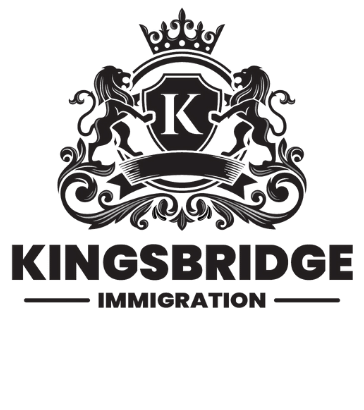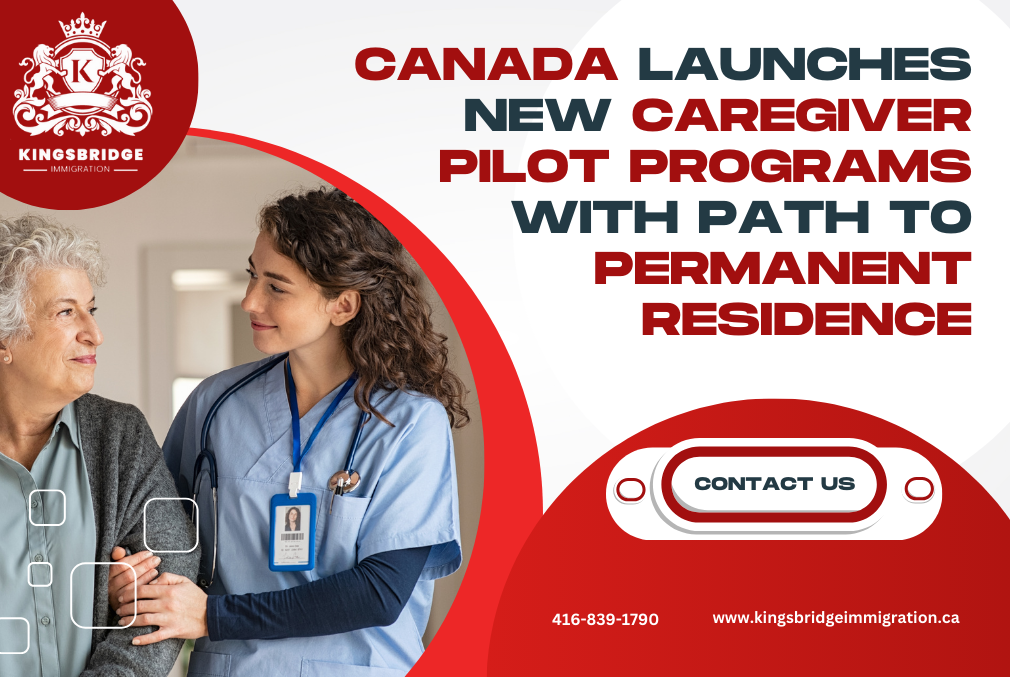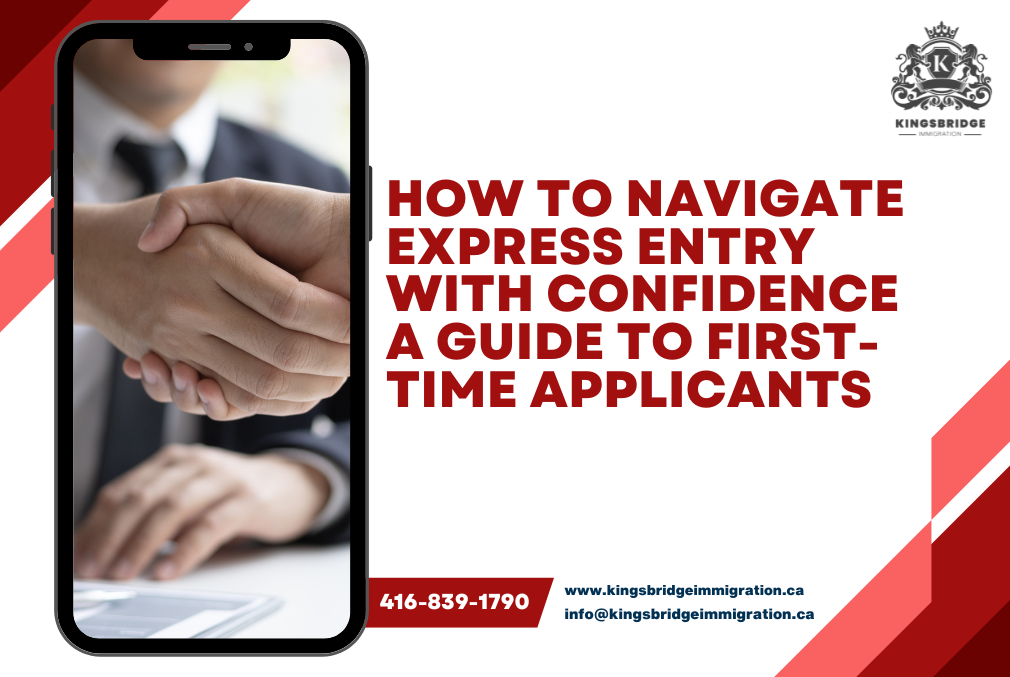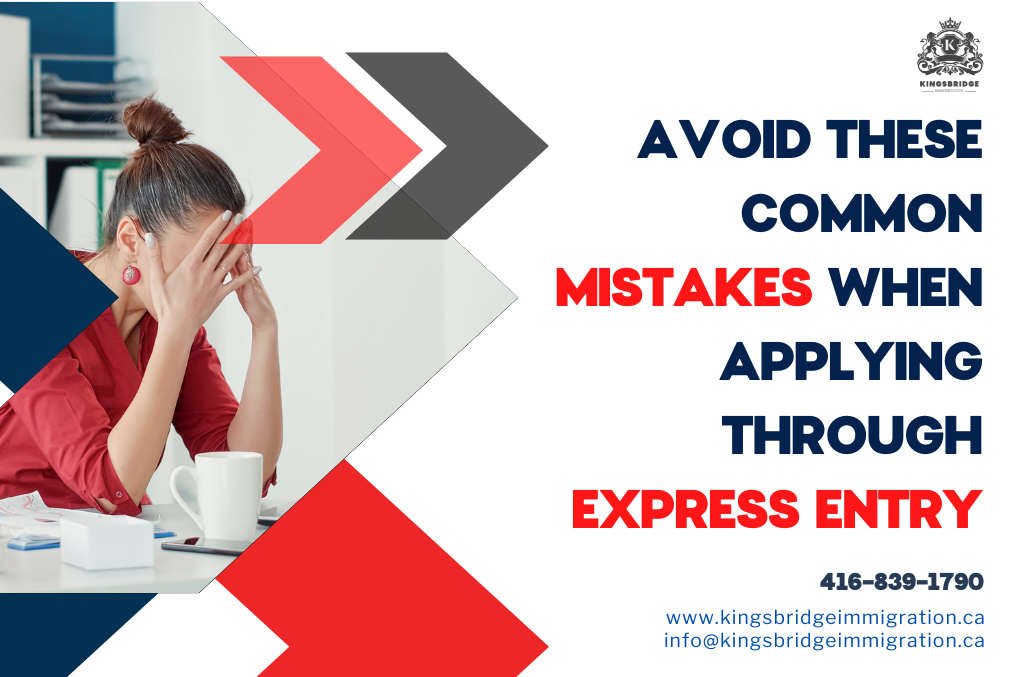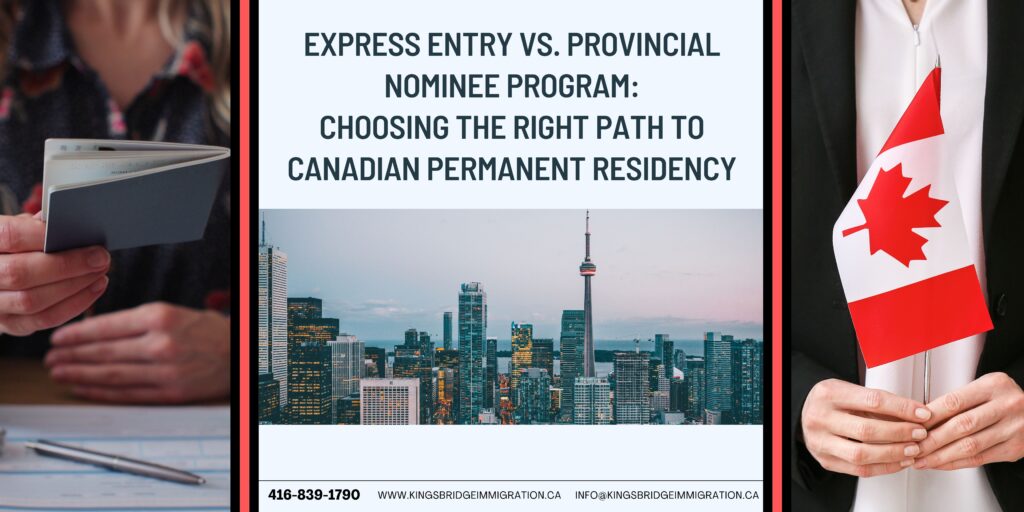
Immigration, Refugees and Citizenship Canada (IRCC) has unveiled a groundbreaking opportunity for home care workers. Set to launch on March 31, 2025, the Home Care Worker Immigration Pilots (HCWP) promise a fast track to permanent residency (PR) with relaxed requirements, recognizing the vital role caregivers play in Canadian society.
Caregivers are the unsung heroes of Canada. They help families by caring for children, seniors, and individuals with disabilities, all while enabling more Canadians to participate in the workforce. Now, these dedicated workers are being given a permanent home in Canada, with IRCC’s HCWP offering a simplified path to PR.
What’s New with the HCWP?
Launching soon, the HCWP will feature two LMIA-exempt immigration streams:
- •Workers in Canada Stream: Launching March 31, 2025, this stream is tailored for caregivers already in Canada.
- •Applicants Not in Canada Stream: This stream will open later, with more details to come.
Unlike previous caregiver programs, the HCWP simplifies the process by offering a single-step PR application, giving caregivers and their families the chance to settle in Canada without unnecessary delays or complications.
With reduced requirements and flexible job options, this program is more accessible than ever.
Eligibility Requirements for Canada’s Home Care Worker PR Pathway
IRCC has made it easier for caregivers to qualify for PR under the HCWP. Here’s what you’ll need:
- •Language Skills: A CLB/NCLC Level 4—a much more attainable standard than before.
- •Education: A high school diploma (or equivalent)—no advanced degrees required!
- •Experience: You’ll need either 6 months of recent home care work or a related training credential. Canadian experience is not mandatory.
- •Job Offer: A full-time job offer in home care (outside Quebec) from a qualifying employer, such as private households, home health providers, or direct care agencies.
Best of all, this pathway skips the Labour Market Impact Assessment (LMIA) entirely—removing a significant hurdle from the process.
Flexible Work Options
The HCWP offers flexibility for caregivers to find the right job. You could be working in:
- •Private households caring for children or seniors.
- •Home health care services, providing short-term or recovery support.
- •Pediatric care or personal care residential settings.
This variety of job options makes it easier for caregivers to find their fit, helping them build a stable future in Canada.
A Fresh Start for All Applicants
Whether you’re a caregiver currently working in Canada or looking to apply from abroad, the HCWP offers something for everyone:
- •Past Applicants: If you applied to the previous Home Child Care Provider or Home Support Worker Pilots (which ended June 17, 2024), the IRCC is still processing those. If you’ve gained the required experience, be sure to submit proof.
- •New Applicants: If you’ve never applied before, this new HCWP could be your chance.
- •Undocumented Workers: If you’re a home care worker without legal status in Canada, there may be a special public policy allowing you to qualify—though spaces are limited, so act quickly.
How to Prepare for the HCWP
Although full details are still pending, you can start preparing now:
- •For Caregivers in Canada: Take a language test (in English or French), get your high school diploma assessed, and secure a job offer.
- •For Caregivers Abroad: Stay tuned for updates from IRCC on the “Not in Canada” stream.
With an aging population and growing demand for home care, this program is timely. Canada’s home care industry is projected to reach $4.8 billion by 2030, making caregivers more important than ever.
The Clock is Ticking
Mark your calendar for March 31, 2025. Whether you’re a caregiver already in Canada or someone seeking a fresh start from abroad, the Home Care Worker Immigration Pilots could be your golden opportunity to build a better life in Canada. Start gathering your documents now and get ready for the doors to open on this exciting new pathway.
Need Help Navigating Canadian Immigration?
All your concerns about Canadian immigration can become our concerns. At Kingsbridge Immigration Consulting, we specialize in helping caregivers and skilled professionals secure their future in Canada. Get expert advice from RCICs (Regulated Canadian Immigration Consultants) who understand the complexities of Canadian immigration. Whether you need guidance on the new Home Care Worker PR Path or any other immigration matters, contact us today to take the next step toward your Canadian dream.
